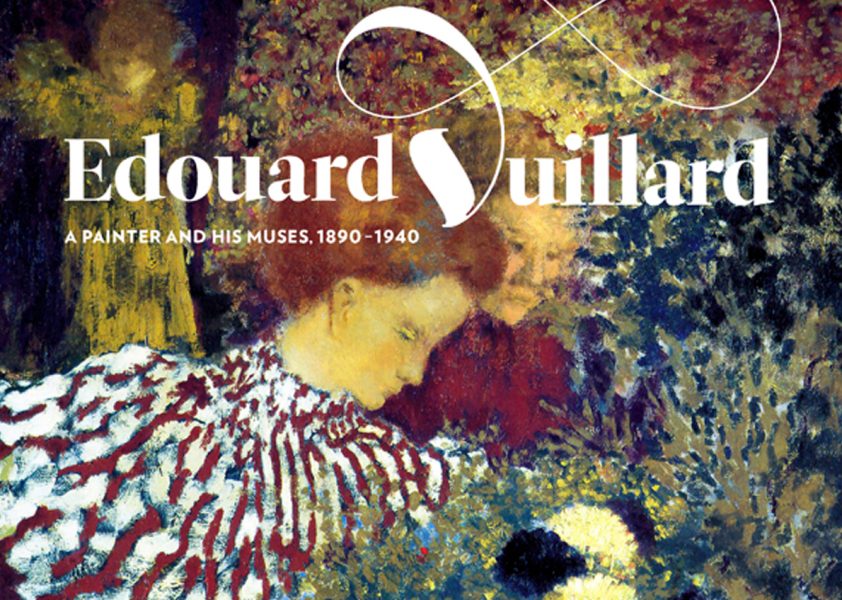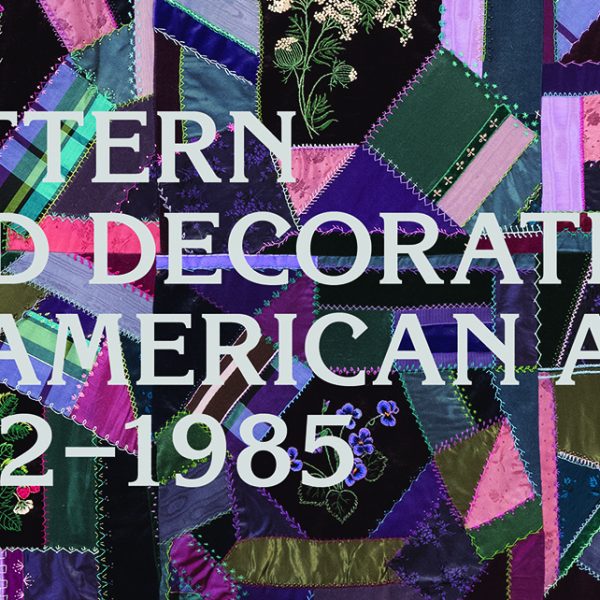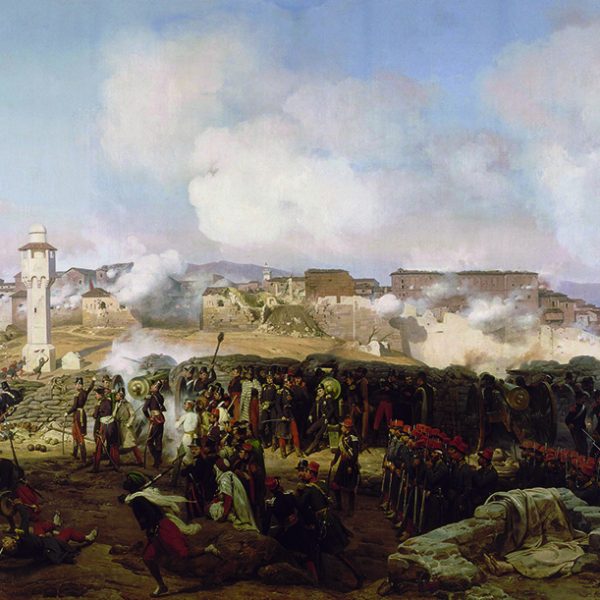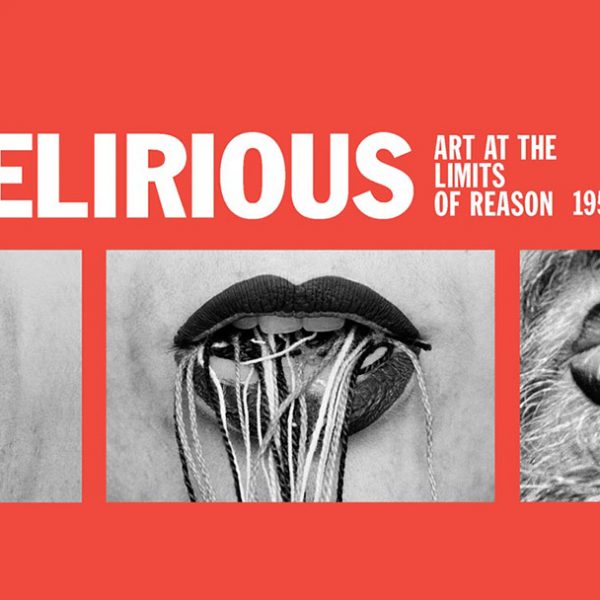Stephen Brown on Edouard Vuillard and the Three Muses
 Reflective of his membership in the close-knit theatrical and literary circles of turn-of-the-century Paris, French avant-garde artist Edouard Vuillard’s work is a study in intimacy. Here, curator Stephen Brown, author of Edouard Vuillard: A Painter and His Muses, 1890-1940, gives us a glimpse into some of the intimate spaces and relationships that most inspired the artist.
Reflective of his membership in the close-knit theatrical and literary circles of turn-of-the-century Paris, French avant-garde artist Edouard Vuillard’s work is a study in intimacy. Here, curator Stephen Brown, author of Edouard Vuillard: A Painter and His Muses, 1890-1940, gives us a glimpse into some of the intimate spaces and relationships that most inspired the artist.
Stephen Brown—
Questions have surrounded the painter Edouard Vuillard (1868-1940) in particular with regard to the oeuvre after 1900. The basic idea behind The Jewish Museum’s exhibition “Edouard Vuillard: A Painter and His Muses, 1890–1940” (on view through September 23rd) was that understanding the artistic achievement of Vuillard requires some appreciation of the unusually close support of his patrons. Given the importance of the artist’s social circles, a parcours structured around three of his significant models suggested a feasible way of joining individual works to the core idea.

Edouard Vuillard, The Drawer, c. 1892, oil on canvas. V. Madrigal Collection, New York.
The first of these models is the artist’s mother, designated by the artist himself as his “muse.” Vuillard was renowned as a painter of the domestic interior and many of his works document his mother’s dressmaking atelier and apartments in Paris. Recently, scholars have pushed further, suggesting that in the domestic interior, the artist, “not only registered what he saw, but provoked what he was going to paint.” This dramatic construction of the foyer was further enhanced by a profound interest in sources from the western pictorial tradition and by the artist’s experiments with japonisme. The Drawer (1892), for example, in which the gauche gesture is transfigured, against a dramatic chiaroscuro, into an elegant silhouette—is suggestive of the passage through a forbidden eroticism, which is, typically for this painter, sublimated in his art

Edouard Vuillard, Misia and Vallotton at Villeneuve, 1899, oil on cardboard. Collection of William Kelly Simpson.
Vuillard’s private life was a major source for his art. At the turn-of-the-century, his milieu was portentously defined by the prominent Parisian couple Misia and Thadée Natanson and the influential literary publication edited by Thadée: La Revue blanche. Twelve colored lithographs commissioned by Ambroise Vollard and published in 1899 (known as “Landscapes and Interiors”) were shown in their entirety thanks to the generosity of the Museum of Modern Art and the New York Public Library. Each plate elaborates on a particular memory, among them Misia, the second “muse”. The artist’s expression of such associations draws attention to perceptions made elsewhere in regard to the oeuvre—namely, that the method of Vuillard after 1900 was an “impressionism of memory” in which the greater part of his work was completed in the solitude of the studio.

Edouard Vuillard, Lucy Hessel Reading, 1913, oil on canvas. The Jewish Museum, New York, Purchase: Lore Ross Bequest, 2010-23.
Lucy Hessel Reading (1913) depicts the third of Vuillard’s muses considered central in this exhibition—Madame Lucy Hessel, the artist’s protectress over a period of some forty years. In a deep blue velvet jacket, she is pictured studying books and papers. To the upper-left, above the fireplace, is a mirror, reflecting an open window and the garden beyond. The setting is likely the country house in Normandy where Vuillard was a frequent guest of the Hessels. The closeness of their relationship is emphasized by the striking fact that the subject is caught within her private domain at an intimate and informal moment, suggestive at the same time of Vuillard’s admiration for earlier French (Fragonard) and Dutch (Vermeer) masters of the interior.
Stephen Brown is assistant curator at The Jewish Museum, New York.



























Reblogged this on THE GRAPEVINE.